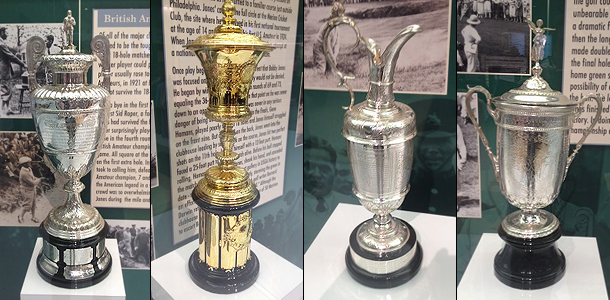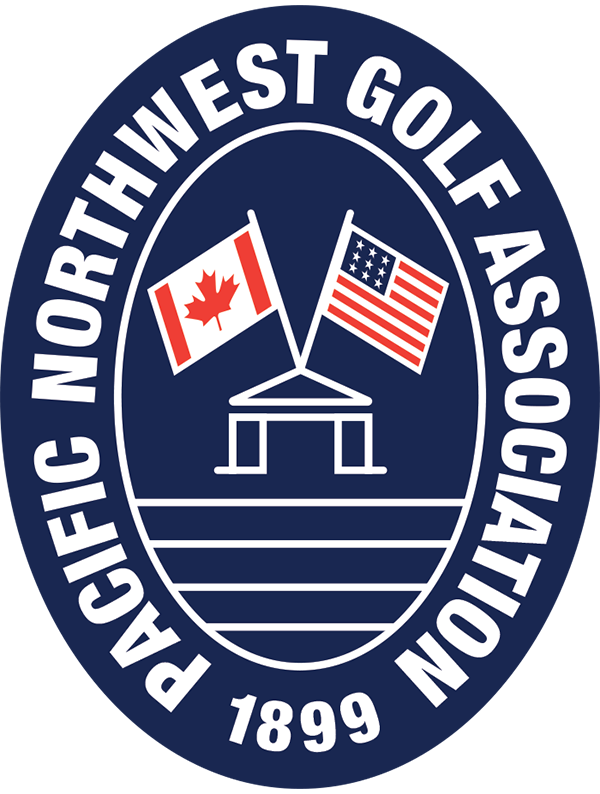WEB EXCLUSIVE: Seen and Done at the PGA Show
Pacific Northwest Companies Thrive at PGA Merchandise Show
by Tony Dear
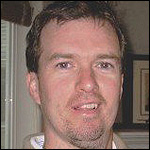
A total of 35 companies from Washington, Oregon and Idaho exhibited their latest products at the recent PGA Merchandise Show in Orlando, held January 22-24. We spoke with half a dozen to gauge the state of the golf business in the Pacific Northwest.
If we asked you to name a renowned golf equipment manufacturer based in Beaverton, Ore. that made highly acclaimed products used by golfers all over the world, you’d immediately think of Nike. The $25 billion revenue manufacturer founded in 1971 does sponsor two of the biggest names in the sport (Tiger Woods and Rory McIlroy) after all, and its near-ubiquitous Swoosh logo is surely one of society’s most recognizable.
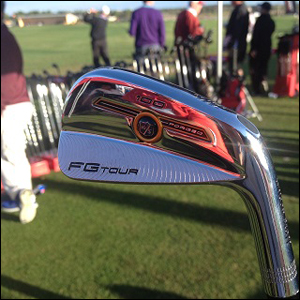
There is, however, another company that calls Beaverton home and produces hardware that golfers swear by. Leupold-Stevens was established in downtown Portland in 1907 when German immigrant Fred Leupold set up a one-man surveying equipment repair shop on the corner of 5th and Oak. The firm now designs and builds scopes, mounting systems, binoculars, and trail cameras used by hunters as well as the military and police departments, and also makes high-grade rangefinders for golfers who like to know the precise distance between their ball and the hole.
Leupold exhibited its five-strong line of rangefinders at this year’s PGA Show, drawing an enthusiastic crowd of instructors, club professionals, buyers and media. Attracting the most attention was the company’s new GX-3i² and top-of-the-range GX-4i² which Kirk Peglow, who represents the Leupold brand, says goes a bit further than more typical rangefinders with its ability to adjust for incline, decline, altitude, temperature and other conditions that affect a player’s playing yardage – a feature known as True Golf Range (TGR).
“The GX-4i² really is the ultimate rangefinder,” says Peglow. “With TGR, the GX-4i² gives players the true distance of the shot, not simply line of sight. It also features Club Selector which suggests the ideal club for your shot based on your pre-entered distances.”
Rule 14-3 does prohibit TGR and Club Selector, classified as “artificial devices and unusual equipment” in competitive rounds. But they can easily be disabled, says Peglow, and Local Rules might actually permit their use.
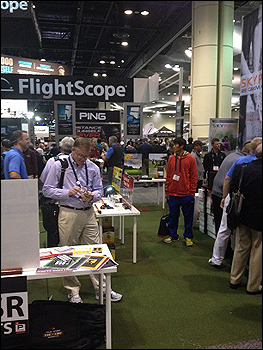
Peglow, like a lot of company reps that attended the show, says traffic on the exhibition floor did seem a little lighter this year compared with 2013, but adds those that were there were definitely there to do business. “Despite the fact we probably didn’t see as many people come through the booth as we did last year, we wrote significantly more Purchase Orders,” he says. “I just think that clubs, retailers, and organizations were trimming their travel expenses by sending one or two representatives rather than the four they used to.”
Echoing Peglow’s comments was Chris Carnahan, Business Director at the Jones Sports Company which designs simple, minimalist golf bags in its Metzger warehouse just a few miles south of Beaverton, and which was exhibiting at its third PGA Show. “It did seem a little quieter in general,” says Carnahan, “but we did as much business in the first few hours of the show as we did in the whole of the first day last year. Attendees were here to buy, and the show seemed to have the life pumped back into it as a result.”
Largely responsible for Jones’ success, says Carnahan, was its decision to position its booth in the apparel section of the exhibition floor rather than alongside club, ball, and other bag manufacturers as it had done in years past. Some might have regarded it as odd that Jones chose to unveil a new color scheme (maroon/white) for the Original, three new small-run Original bags, the new Players Series 002 bag in white/black, two new stand bags (forest green/white and white/black) and two small-run tan-waxed vinyl and white/black vinyl bags next door to Carnoustie Sportswear, Dunning Golf, and Antigua Sportswear Inc., but Carnahan insists it was a deliberate move. “It was a strategic decision,” he says. “It fitted with the brand’s direction to be amongst our peers in the fashion side of the marketplace.”
But what of Jones and Leupold’s mammoth neighbor, the 126th biggest company in the United States in 2013 according to the Fortune 500 list? Nike, surrounded on the floor by Cobra, FootJoy and Ping, made its typical splash with a 6,000- square foot booth in which 150 Nike staff took orders for the exciting new VRS Covert 2.0 Drivers (played by Woods, McIlroy and, indeed, most of Nike’s stable of 14 PGA Tour players), the new RZN ball (played by McIlroy), and various new items of apparel and footwear. Interest, in the Covert 2.0 especially, was predictably high.
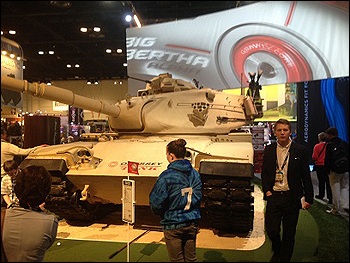
Just a few blocks west and within sight of the tank Odyssey was using to promote its new line of TANK putters (not sister company Callaway’s new line of Big Bertha drivers as some people thought) was Rife Putters, making its 10th appearance at the show. Headquartered in Bellevue, Wash. since 2011, Rife displayed 12 new models for 2014. Among them was the adjustable Switchback putter which features removable heel and toe weights that change the head weight from 350 to 380 grams.
Soliciting even more attention though was the Maven, designed by brand ambassador Mike Shannon, a Golf Digest Top 50 instructor based at the Sea Island Golf Learning Center in Georgia and Matt Kuchar’s putting coach. Similarly-shaped to the old Ram Zebra which Nick Price, Ian Woosnam, Ray Floyd and several other top players found success with in the 1980s and ’90s, the Maven will come in five different hosel configurations and will be available in May.
Rife representative Joe Wieczorek is confident the Maven and the Vault 002 Series which feature the company’s Roll Groove technology will help Rife reclaim its position among elite putter makers and was very encouraged by the amount of traffic through the company’s 1,200-square foot booth. “I think we were a little busier this year than last,” he says. “2014 is shaping up to be a very successful year for us.”
Likewise invigorated by the number of customers she met was Cutter & Buck’s Domestic Marketing Coordinator Subul Sabih. “We had appointments right up until the last hour of the show,” says Sabih. “The new collections and products were very well received.”
Among the new items the Seattle-based apparel firm was showing was the Men’s Fall 2014 Collection featuring eco-friendly Nano-Tex Aquapel technology which gives garments a breathable layer of water-resistance without bulk and weight.
A popular choice in the Pacific Northwest this year will be the Mercer Island Half-Zip which will keep golfers warm in spring and fall and comfortable in the summer thanks to the hi-tech Poly-wool fabric which is soft to the touch and has both wicking and temperature-regulating properties.
Three women’s lines – Amazonia, Cobalt Skies, and Something in a Mesh were introduced to celebrate Cutter & Buck’s 10-year association with World Golf Hall of Fame member Annika Sorenstam.
The CB DryTec S/L Roxie Mock, and CB DryTec Quinn Skort are perhaps the highlights from this year’s Annika Collection.
Cutter & Buck’s 3,600-square foot booth was staffed by about 30 reps and marketing executives and was certainly among the busiest in the apparel section. “It was another very successful show,” says Sabih. “We’ve enjoyed some great shows in the years since the recession.”
While Sorenstam’s connection with Cutter & Buck has made the brand a favorite among female golfers in recent years, another Seattle clothing firm has been making gains among the guys. Tommy Bahama, established by Bob Emfield in 1993, was the Phoenix that rose from the ashes of Generra which bought you Hypercolor clothing that changed color with the heat. Until quite recently, its magazine ads gave readers the impression its target market was paunchy, gray-haired guys who sat on the beach sipping cocktails all day. The brand has been reborn in the last three or four years, however, and now offers some of the industry’s most stylish designs and most appealing fabrics.
“This is not your father’s Tommy Bahama,” says Erin Kintop, the company’s Midwest sales and marketing director. “Whenever I used to tell people I worked for Tommy Bahama, they would say ‘oh, my dad loves Tommy Bahama.’ But the brand has really evolved. Anyone from 30 to 80 can wear our designs now. Women too – a lot of people don’t know we offer a full range of clothes, fragrances, even jewelry for women.”
Most still associate Tommy Bahama, however, with the silk floral shirts that dominated the company’s catalogues in its first 15 years or so. Those shirts made up 80% of the business but, says Kintop, have largely been replaced by knits and wovens. “We still offer the silk prints of course, but now we can clothe a guy from head to toe in modern, hi-tech garments that retain that Tommy Bahama cool but are perhaps easier to care for. Instead of silk/cotton blend in our golf polos we now use tencel (a biodegradable fabric made of wood pulp cellulose), cotton, and polyester.”
The new-look and new-feel Tommy Bahama certainly drew interested buyers. “We didn’t really stop,” says Kintop. “We were busy all three days of the show.”
No one’s going to tell you they had a disappointing show, of course. But if even half of what these six companies told us in Orlando is true, 2014 promises to be a very satisfactory year for the golf business in our corner of the country. Now if we can just get some decent weather.
A former British PGA apprentice professional and member of the University of Liverpool golf team, Tony Dear is an award-winning golf writer. He contributes to numerous golf publications on both sides of the Atlantic, and has authored several books on golf. He manages his own website, www.bellinghamgolfer.com .
